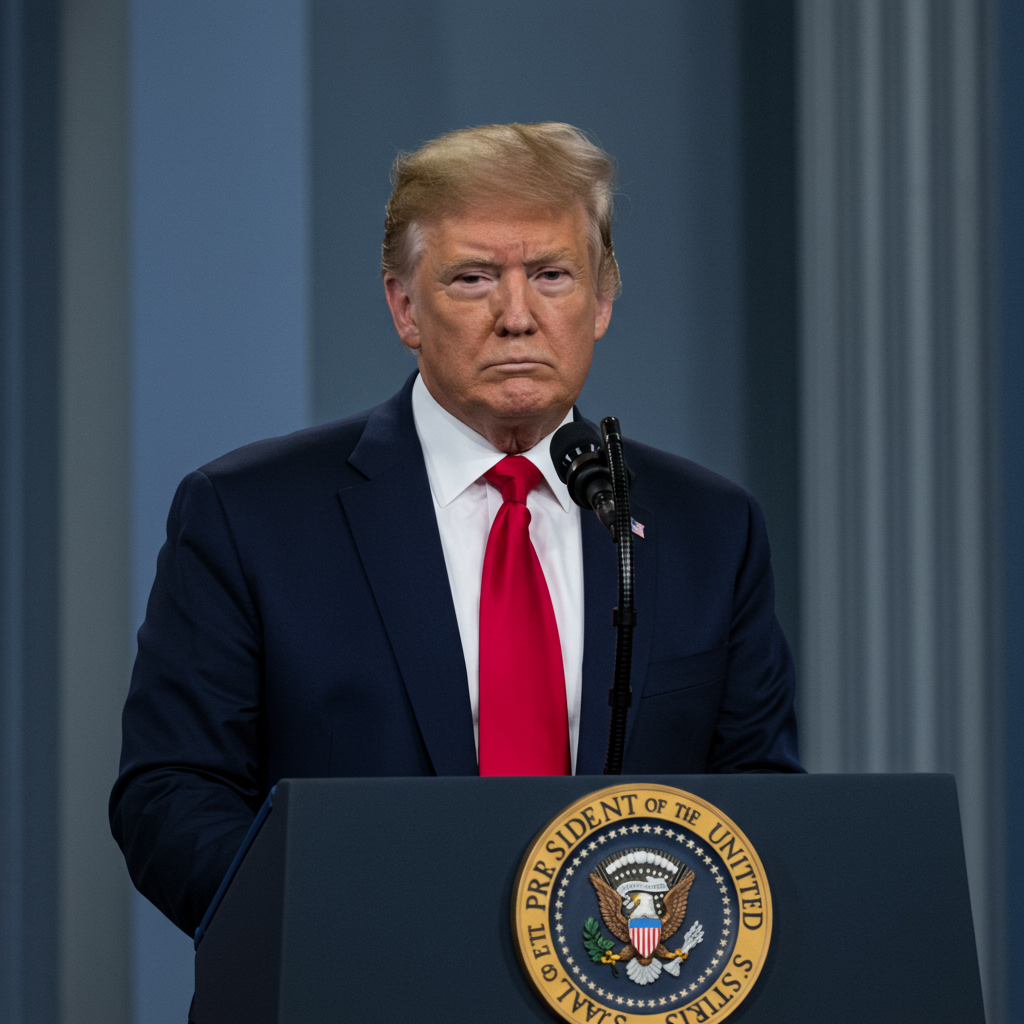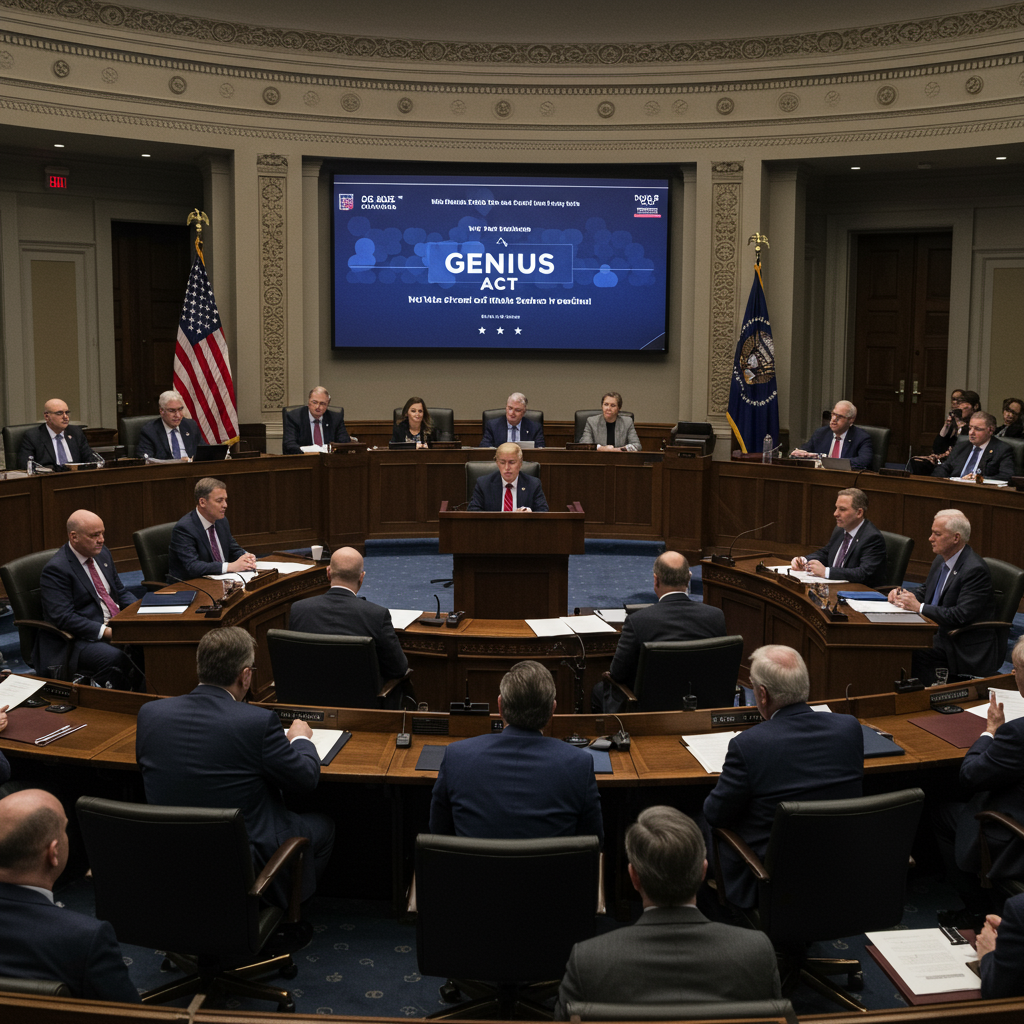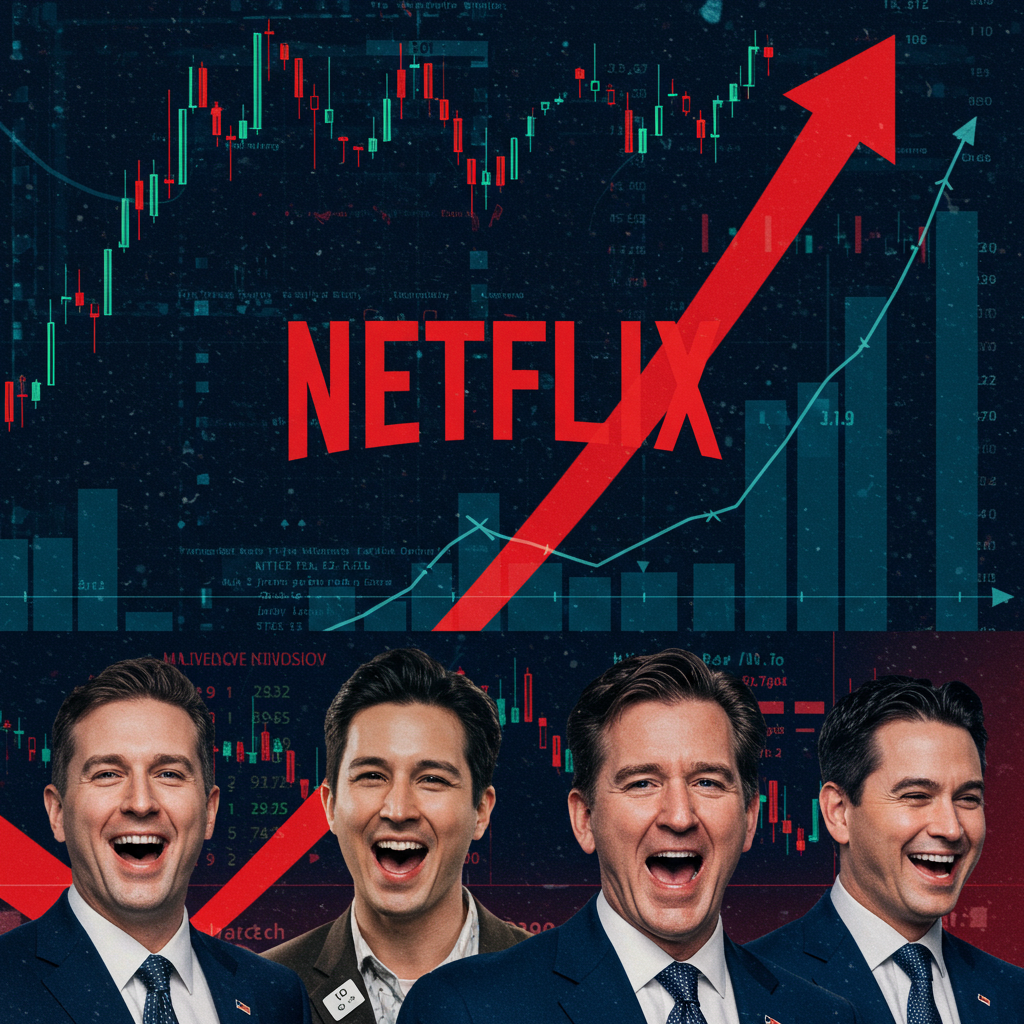US President Donald Trump’s administration is standing firm on its sweeping global tariffs, signaling that a temporary pause is unlikely to be extended as key deadlines approach. Top trade advisors have presented a united front, emphasizing that these import taxes are “not going away.”
The administration’s broad tariff plan, initially announced in April, introduced duties ranging from 11% to over 100% on various imported goods. While the majority were paused for 90 days to address stock market volatility, that period is set to expire at the start of July.
Commerce Secretary Howard Lutnick recently stated that he expects President Trump to maintain this firm stance once the pause ends. “Tariffs are not going away,” Lutnick asserted, even in the face of ongoing legal challenges.
The expiration of the 90-day pause effectively acts as a deadline. According to Lutnick, if countries haven’t reached new trade agreements by this time, President Trump will determine the tariff rates they will face.
Seeking “First Class Deals” Amidst Deadlines
Despite the potential for tariffs to increase, the administration maintains it is working towards better trade outcomes. Lutnick indicated that while the US “could sign lots of deals now,” the focus is on making them superior. He promised “first class deals for the American worker” in the coming weeks.
Upon the pause’s expiration, higher tariff rates are theoretically set to be imposed on imports from roughly 60 trading partners identified by the White House as “worst offenders.” This list includes significant economies like the European Union, as well as nations such as Vietnam and South Africa. Trump has consistently framed these tariffs as necessary retaliation against what he deems unfair trade practices by other countries.
Focus on Steel and National Defense
Highlighting this protective stance, the administration recently announced a significant increase in tariffs on steel and aluminum imports, doubling the rate from 25% to 50%, effective shortly after the announcement.
This specific move, like many of the proposed tariffs, is aimed at bolstering the domestic steel industry and reducing US reliance on major global producers like China, India, and Japan, where US steel manufacturing has declined. White House National Economic Council Director Kevin Hassett explicitly linked the strength of the domestic steel industry to the requirements of American defense, using the analogy of needing “cannons without cannonballs” if the US isn’t prepared for potential trade conflicts or disruptions.
Strained Relations and China Tensions
The tariff policies have already significantly impacted global trade dynamics and strained relationships with numerous countries, including some of America’s closest allies. Tensions remain particularly high with China, the world’s second-largest economy, resulting in a protracted “tit-for-tat” trade battle.
While a temporary truce agreed upon in Geneva in May saw both sides reduce some reciprocal tariffs (the US from 145% to 30% on some goods, China from 125% to 10%), a broader trade deal remains elusive.
US Treasury Secretary Scott Bessent has characterized China as having “not been a reliable partner,” claiming Beijing may be deliberately withholding products crucial for industrial supply chains in countries like India and Europe. Bessent suggested this could be a “glitch” or potentially “intentional,” adding uncertainty to the situation.
Despite the friction, high-level talks are anticipated. Both Bessent and Hassett indicated that a conversation between President Trump and Chinese President Xi Jinping is expected soon to work towards finalizing details of a larger deal, although specific timing remains unclear. China, for its part, has publicly urged the US to cease what it calls discriminatory restrictions and uphold previous agreements.
Mutual Accusations Over Truce Compliance
Adding another layer of complexity, both the US and China have accused each other of not fully complying with the recent Geneva truce. The US specifically alleges that China has been slow to roll back non-tariff countermeasures, such as blacklisting US companies and restricting exports of critical materials like rare earth magnets.
China, conversely, accuses the US of violating the agreement by introducing new guidelines on AI chip export controls, curbing chip design software sales, and withdrawing Chinese student visas. Beijing has vowed to take “resolute and forceful measures” if the US continues actions it deems harmful.
Legal Challenges Present Uncertainty
Adding to the volatile landscape, the administration’s tariff authority has faced challenges in the US court system. The US Court of International Trade recently ruled that the president exceeded his legal authority in imposing certain broad duties, particularly those dubbed “Liberation Day” tariffs and others linked to drug/immigrant flows from specific countries, determining that the justification cited didn’t grant such sweeping unilateral power traditionally reserved for Congress.
However, an appeal of this decision was filed, and a federal appeals court has temporarily allowed the tariffs to continue being collected while the legal arguments proceed. A hearing is scheduled for June 5, and the case could potentially reach the Supreme Court, potentially impacting the legal basis for some tariffs, although tariffs imposed under different laws (like the Section 232 steel/aluminum tariffs) were not challenged in this specific case.
Analysts suggest that this legal uncertainty could influence trade negotiations, making other countries less inclined to rush into deals with the US until the tariff authority is fully clarified. Despite this, Commerce Secretary Lutnick has dismissed the idea that the court case gives the EU leverage in ongoing trade discussions. Even if the ruling against the broad tariffs is eventually upheld, the administration still has access to other legal avenues to impose duties, albeit potentially under different conditions or scope.
Wider Economic Impacts
The tariffs’ effects are already being felt across various sectors. Small businesses importing goods have reported struggles and staffing cuts. European steelmakers have described the tariffs as a “major blow.” The increase in steel tariffs could even indirectly affect consumers through potentially higher grocery prices due to metal packaging costs.
US companies like E.l.f. Beauty, heavily reliant on Chinese supply chains, are navigating significant cumulative tariff costs while assessing long-term strategies. Others, like Gap, anticipate substantial tariff-related expenses this year and are actively working to diversify their sourcing away from China. Meanwhile, the administration is pushing US automakers towards entirely domestic manufacturing within a year.
With the July deadline looming, ongoing trade talks stalled with key partners like China, and legal challenges still unfolding, the future of President Trump’s tariff regime and its global impact remains a central point of focus for businesses and governments worldwide. The administration’s message, however, is clear: the tariffs are here to stay and could increase if new agreements aren’t reached.
References
- https://www.bbc.com/news/articles/cd7g0v53227o
- https://www.bbc.co.uk/news/articles/cd7g0v53227o
- https://www.bbc.com/news/articles/c8xgdj9kyero
- https://www.bbc.com/news/articles/cje7zex3njwo
- https://finance.yahoo.com/news/live/live-canada-and-china-retaliate-as-trumps-new-tariffs-go-into-effect-191201970.html




